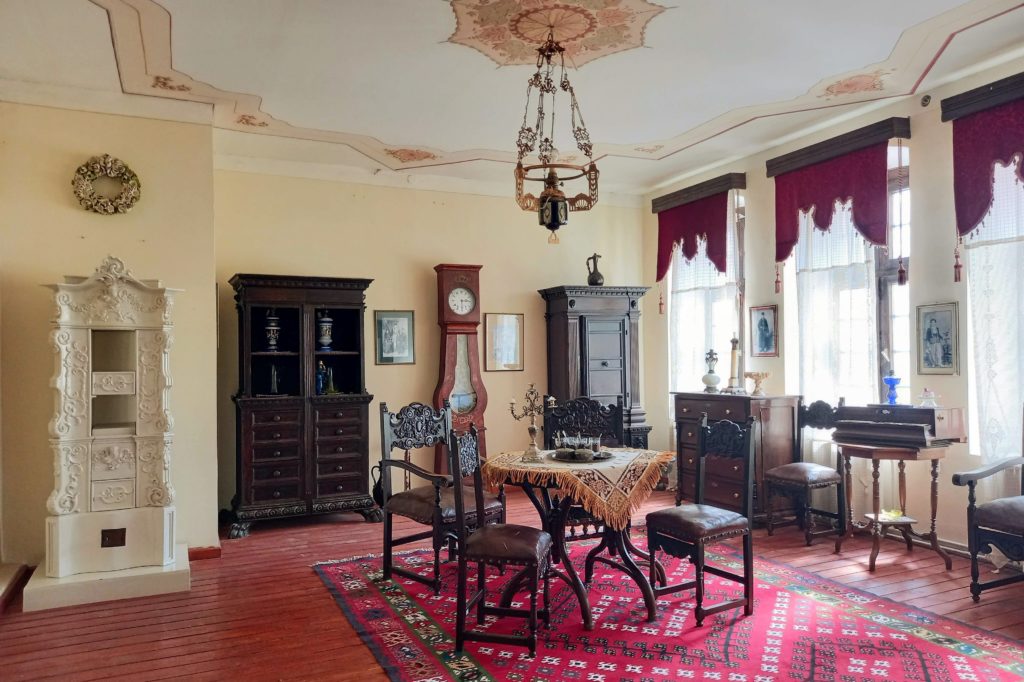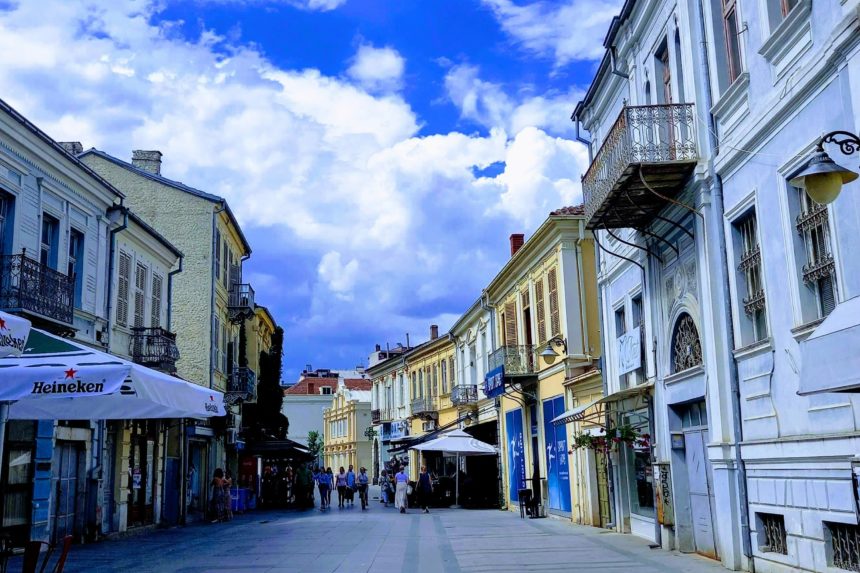Cities and villages, I’ve tread many too,
Bitola, none ever competed with you
(verses from Bitola, my hometown – Macedonian folk song)
Once upon a time there was a city in the Ottoman Empire called Monastir. Monastir was one of the largest and most beautiful cities in the entire Sultanate, rivalling Constantinople and Salonica. The city was so large and beautiful that in 1836, the great Sultan decided Monastir to be the main center of his Rumelia Eyalet in the Balkans. In those times all roads led to Monastir.
The city was buzzing with people, natives, newcomers, passers-by, traders, diplomats, bankers and politicians from every corner of Rumelia and beyond. It is said that as many as 100,000 people called the city home. An ethnic mix of Macedonians, Turks, Sephardic Jews, Vlachs, Albanians, Greeks, Roma people and other Europeans. Jews, Christians and Muslims, easily recognizable by the clothes they wore, the language they spoke and their habits and customs. Monastir’s inhabitants lived and worked peacefully together, stirred together like a well made cocktail.
All the faces of Monastir
Legend has it that whatever the reason to bring a man to the city, he always left happy. Monastir had something for everyone. A city which inspired love at first sight and lasting memories.
Arriving by train from Salonica on the tracks of the first Balkan railway or coming by one of the caravans passing through the city, the travellers first headed to the widely known Big Bazaar. The true heart of the city, with its small curved cobbled streets, the Bazaar was surrounded by churches, mosques, synagogues and about nine hundred inns, taverns and stores with their magnificent shop windows. The windows offered a glimpse of one hundred and forty different crafts and trades nested and divided into thirty smaller bazaars. Here one could feel the city’s true spirit, mixed with all the scents of Orientalism where all human senses were satisfied, spiritually and bodily. Whether it was coffee or the famous Chkembe stew in one of the many taverns of Dembel Bazaar, tasted with hookah and the music of the Chalgii in the background or the sweets bought at Pekmez Pazar, the Bazaar simply beckoned passers-by to spend all their money.
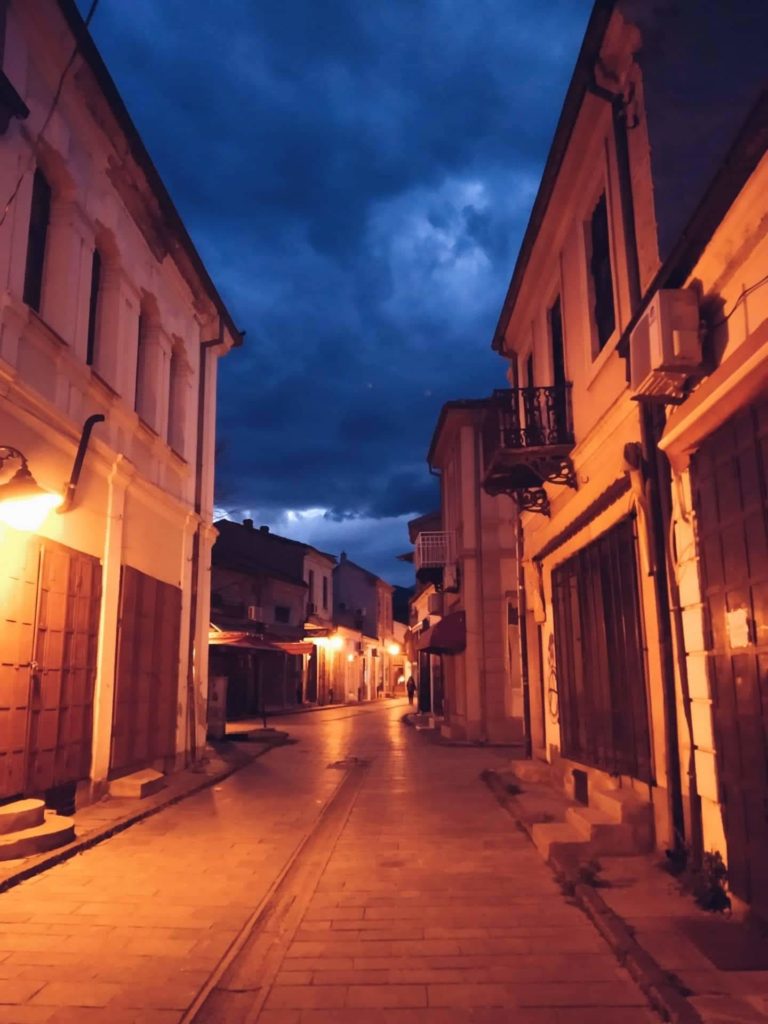
When the old Clock Tower would start chiming one would ride south in a carriage along the main cobbled street the Sultaniye or Hamidiye, also called Shirok Sokak and translated as “Wide Street”, and then Monastir would reveal its true metropolitan colours. Emulating major Western capital of the time, with striking neoclassical, neo-renaissance and neo-baroque architecturе on either side, one could say that Shirok Sokak was a symbol of the modernization of the Ottoman Empire. Everywhere you looked you could see the bankers rushing in and out of the Ottoman Bank building, pupils moving like ants to some of the French, Jewish or American schools, Jewish doctors rushing to their patients and the consuls from all around the world moving around their consular offices. Their large number inspired Monastir’s nickname, the “City of Consuls”.
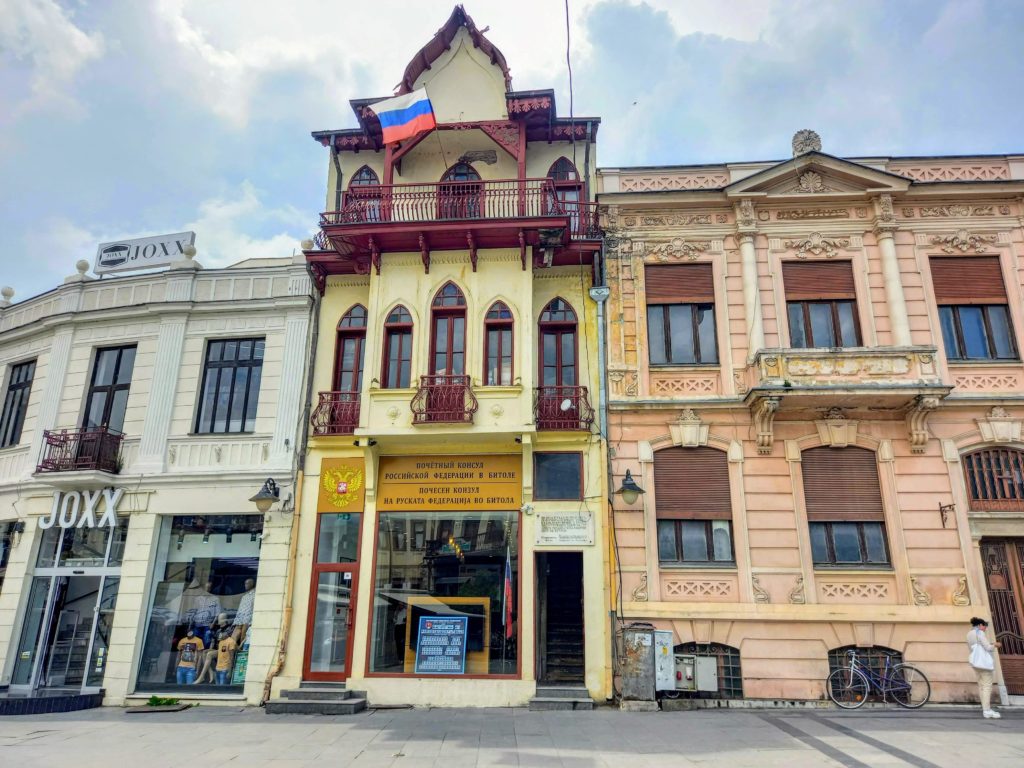
Even then, the moment the ladies from Monastir would pass through the Sultaniye, time stood still for everyone. Dressed according to the latest Western fashion “a la franga” or domestic “a la turka”, they wore precious materials and accessories chosen with such care that the fashion critics would say it was a wonderful blend of the west and the east, French haute couture and oriental style. Going to the School of Arts, to one of the many fashion ateliers, to the pharmacies for their face ointments, or to be immortalized in one of the many photographic studios, maybe even in that of the Manaki brothers, for them Shirok Sokak was a catwalk where they flaunted their exquisite taste and beauty.
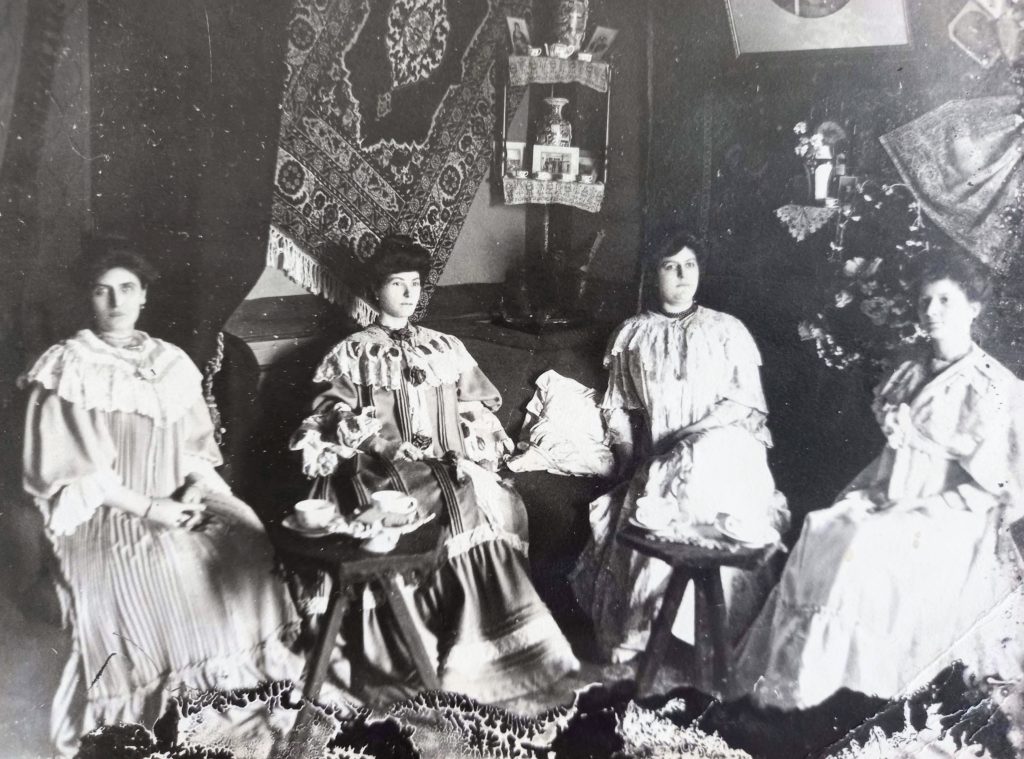
Leaving Shirok Sokak and the enchanting ladies behind and moving to the south, one came across a different side of Monastir, its imperialistic face. Built after the example of southern Constantinople by Constantinople architects sent by the sultan, the southern section of the city was part of a seriously developed urban concept and was reserved for the glorious Ottoman army. Thousands of cadets, soldiers and officers were studying, working and living in interconnected facilities such as the Officers’ House, the Military School, the Red and White Barracks and the Cephane. In architectural terms, the southern part of this Ottoman metropolis was just another reflection of its unique synthesis of West and East.
Metamorphosis of a museum
Walking through this large military compound, one could not help but stare at the Military School – the “Idadie”. Built in 1848, then converted into a military academy – “Harabie” in 1900, and later in 1909 into a high military school, it was the pearl and the mainstay of this urban complex. With its dimensions of about 700 square meters, this monumental building is a reflection of the construction achievements at that time and it is the only historical building of this type in Macedonia.
The military school was one of the educational centers of the political and military leadership of Turkey. The father of modern Turkey and its first president Kemal Ataturk and Niyazi Bey one of the leaders of the Young Turk Revolution in 1908, passed through its doors and left its doorsteps with a diploma in hand and the rich Monastir culture in the heart. One would not have to stray far to draw the conclusion that even the ideals of modern Turkey were set on the foundations of Monastir’s cosmopolitan way of life.
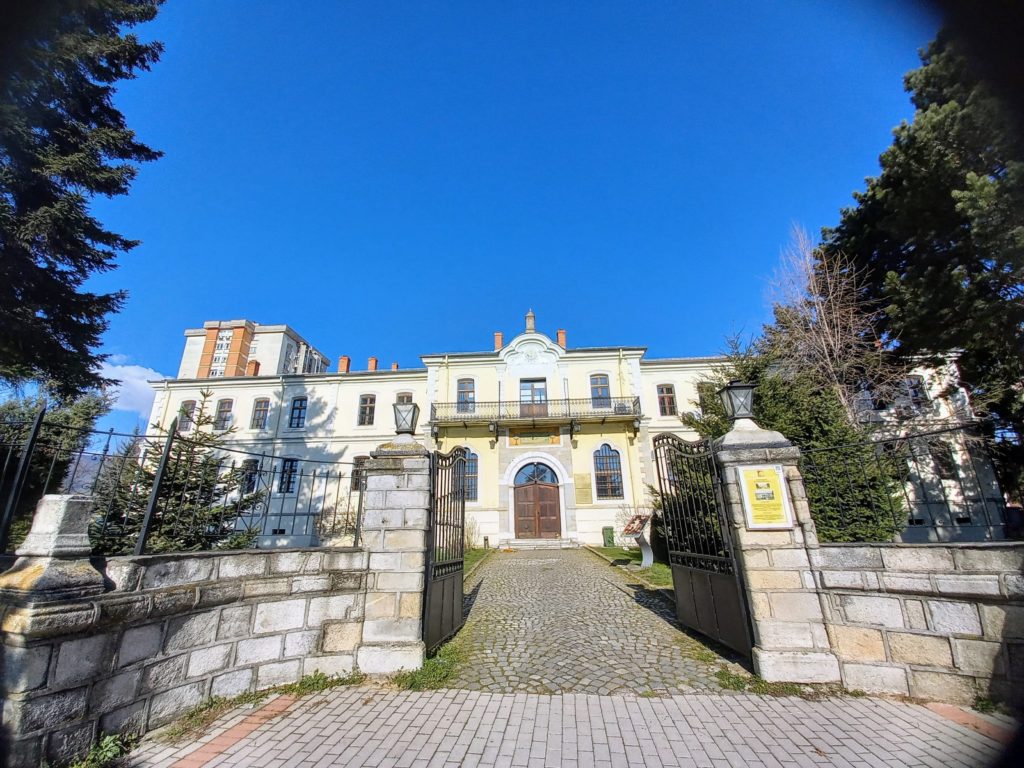
Many graduates also worked as professors after graduation. One of them is the famous Tefik Bey, who later wrote the book “History of the city of Bitola”. The book captures the history of the city which after the end of its golden days and the fall of the Turkish Empire, transformed from Monastir into Bitola and the Turkish military school became an ordinary military barracks, today known to the elderly as the “Old Barracks”.
This was the case until 1976, when Bitola Museum was housed in its premises, and the building of the “Old Barracks” was adapted into an eternal memory of the famous city of Monastir and its rich cultural heritage. A memory that has immortalized thousands years of history, including the time when Monastir could be envied by big world capitals. Currently, Bitola Museum is home to more than 100,000 artifacts, from prehistoric to modern times and it also houses a memorial room dedicated to the life and works of Mustafa Kemal Ataturk. This building is a true requiem for the glorious past of a city and its surroundings.
